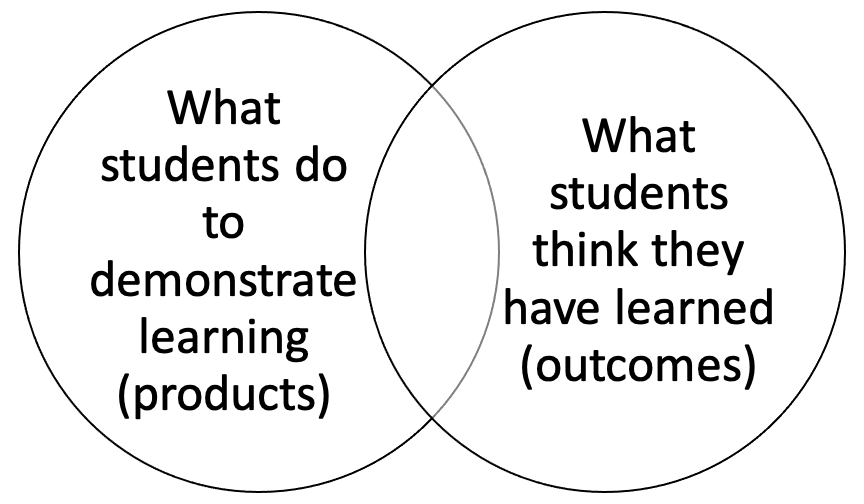A generation of educators has been taught the value of “defining outcomes.” Taken to the extreme, I heard a principal remind his teachers they we “expected to have ‘I can’ statement written on the board” for every lesson.
I’m old enough to have been teaching before such practiced were common, and I even have the report of a classroom observation in which I was lauded for including “unpredictability” in my science classes. I guess good teaching has changed. For me much of the delight in learning and much of the real learning I have managed to accomplish over the years has resulted from me figuring this stuff out on my own. This phenomenon has been given many names, but I think the phenomenon is common to most educators.
As a teacher, I have always been reluctant to be too specific with any goals I set for students. I certainly would not have written “I can statements” on the board for every lesson. That just takes all responsibility for learning off students. As a graduate student, I was taught to articulate a clear purpose and goals for course and lessons, but no one seemed to be able to differentiate the two.
Despite my suspicions, there seems to be some evidence that goals are needed and leaders whom I respect advocate for them. Some unknow factors have got me thinking about them and some of that thinking focused on clearer understanding.
So, that is a long introduction into my speculations about useful outcomes:
- Good learning outcomes are more for teachers’ planning and design than for students’ learning. We know backwards design… start with what you want to be true, figure out how you will recognize it in your students, then connect the two. In many ways, I think the recent focus on learning outcomes arose from the fact that many tests and assignments had little connection to what students had experienced and learned. For this reason, learning outcomes are worthy.
- I am not convinced we should focus students’ attention too much on learning outcomes before they start lessons our courses however. If we focus on definitions prior to concepts, we conflate “knowing names” with “understanding.” As an educator, I would far rather teach a lesson in which the “I can” was hidden until the end of the lesson, then students figure out for themselves what it is they can to now.
- We seem to confuse “learning outcomes” and “learning products:”
- Learning products are those things that students can create and do after the learning activities… papers, projects, answering questions with expected answers, and any other performance or product are in this collection. Some of these are measurable, all can be recognized as “good” or “bad.” My guess is we could probably reach consensus on quality if the sorted into five bins.
- Learning outcomes comprise the meaning students make of the experience of creating the learning products. We have far less control over this than we think. Ostensibly, their product may suggest they have met the “I can” statement, but if the meaning for them is “this is stupid, and I will forget it this afternoon,” then one must question the reliability of products and outcomes.
What I a left with is a Venn diagram with two circles. The common areas of the Venn diagram is the interesting part of classroom. The work of teachers becomes making sure students understand what their products represent. More than that, however, they need to help students to value what they have learned, and recognize when they can be creative, critical, and pragmatic with their knowledge.

The challenge for teachers is helping everyone else (students and parents in one direction and leaders in the other) understand this is the “real” learning. It is irreducible and cannot be simplified, if it is then our products and outcomes (and our interpretations of them are meaningless.